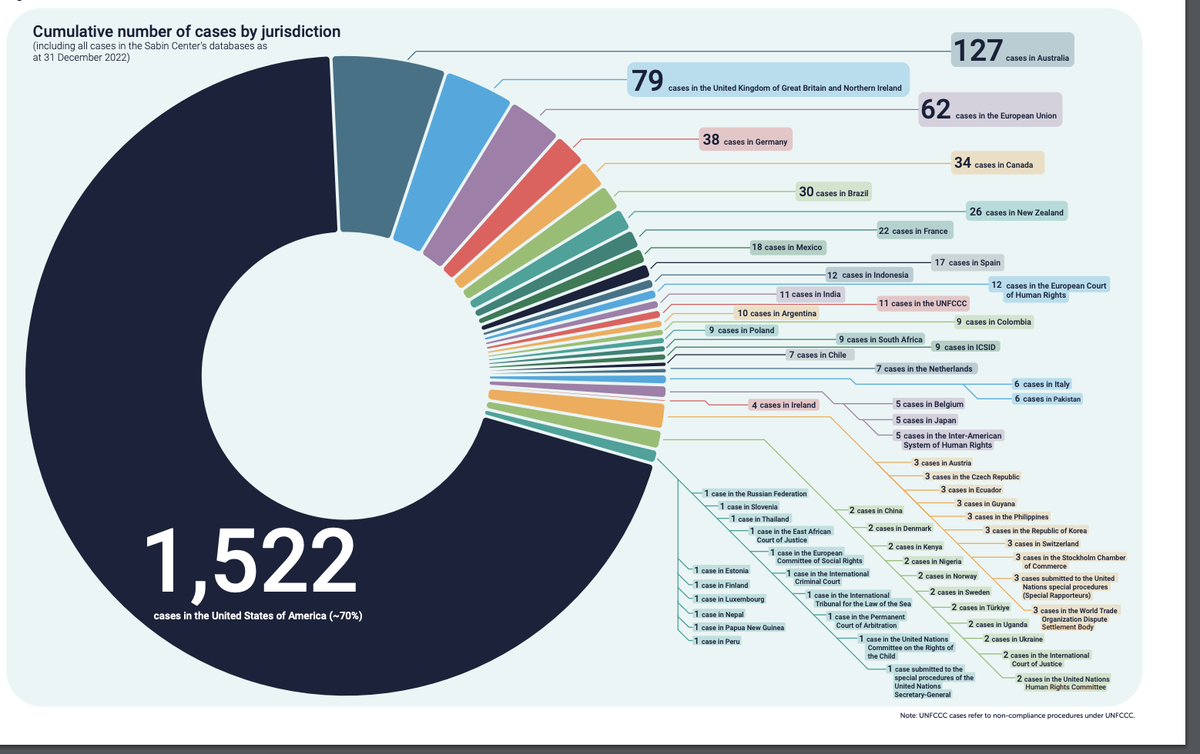Image for representation.
| Photo Credit: Reuters
India is the world’s second largest source of nitrous oxide (N2O), a greenhouse gas that heats up the atmosphere far more than carbon dioxide. Nearly 11% of such global man-made emissions in 2020 were from India, topped only by China at 16%. The major source of these emissions comes from fertiliser usage, according to a global assessment of N2O emissions published in the journal Earth System Science Data on Wednesday.
The concentration of atmospheric N2O reached 336 parts per billion in 2022, the study notes, or about 25% above the levels seen before the industrial age. In comparison, the concentration of carbon dioxide — the predominant greenhouse gas after water vapour — was 417 parts per million in 2022.
This means that the current level of carbon dioxide in the atmosphere is a thousand times more than that of nitrous oxide, making carbon dioxide reduction the bigger priority among countries trying to contain climate change. However, because nitrous oxide stays longer in the atmosphere and is rising rapidly, scientists in recent years have been warning that it must also be tackled with a greater sense of urgency.
Harmful nitrogen fertilizers
N2O emissions from human activities have increased by 40% (three million metric tons of N2O per year) in the past four decades, with growth rates between 2020 and 2022 higher than in any previous period since 1980, when reliable measurements began. Agricultural production using nitrogen fertilizers, such as ammonia, and animal manure contributed 74% of the total anthropogenic N2O emissions in the last decade. N2O emissions from human activities are responsible for 6.4% of the effective radiative forcing of greenhouse gases, and have added about 0.1°C to current global warming.
“The observed atmospheric N2O concentrations in the past decade have exceeded the most pessimistic, illustrative future greenhouse gas trajectories used by the IPCC that lead to global mean temperatures well above 3°C by the end of this century,” the authors of the study note. The IPCC is the Intergovernmental Panel on Climate Change and the arbiter of humanity’s scientific knowledge on the threat from global warming. “For net-zero emission pathways consistent with the Paris Agreement (stabilizing global temperatures below 2°C from pre-industrial levels), anthropogenic N2O emissions must decline by at least 20% relative to 2019 levels by 2050.”
The top five country emitters by volume of anthropogenic N2O emissions in 2020 were China (16.7%), India (10.9%), the United States (5.7%), Brazil (5.3%), and Russia (4.6%).

Long-term impact
Once emitted, N2O stays in the atmosphere for longer than the average human lifespan (117 years), and therefore its climate and ozone impacts are long-lived. In addition to N2O emissions, the inefficient use of synthetic nitrogen fertilizers and animal manure also leads to the pollution of groundwater, drinking water, and inland and coastal waters.
The growing demand for meat and dairy products has also contributed to an increase in emissions through the increase in manure production, which also causes N2O emissions. Increased nitrogen fertilizers used in the production of animal feed have also contributed to the increase.
Emissions from agriculture continue to grow, while those from other sectors, such as fossil fuels and the chemical industry, are not growing or declining globally. Emissions from aquaculture are only a tenth of those from the use of chemical fertilizers on land, but are growing rapidly, particularly in China.

‘Wake-up call’
“This report on the nitrous oxide budget is timely and alarming. India ranks second in the world concerning N2O emissions from nitrogen fertilizers, which are all subsidised by over 80% in India. In addition to their emissions contributing to climate change, nitrogen fertilizers are polluting water bodies. It’s time India takes this wake-up call seriously and changes cropping systems and production practices. Fertilizer subsidies should be repurposed to support alternative production systems,” said G.V. Ramanjaneyulu, director of the Centre of Sustainable Agriculture, in a statement.











